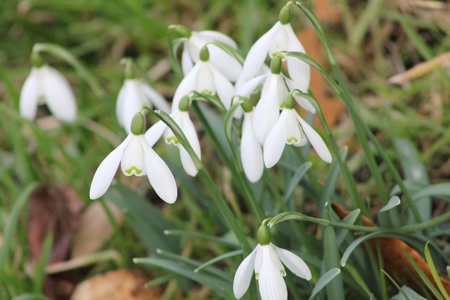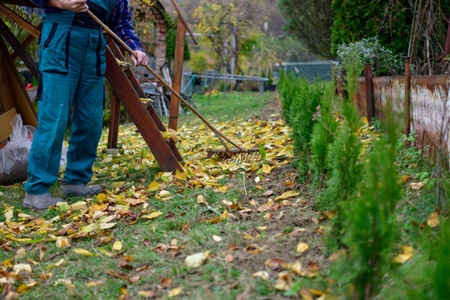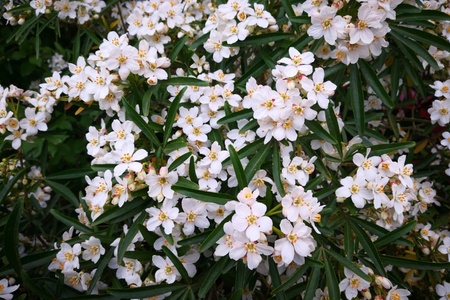In March, you can practically feel life flooding back into the garden. Spring bulbs are flowering and buds are appearing on branches. It’s a glorious time to be out of doors, watching the new gardening year begin again, and here are a few jobs for you to be getting on with this month.
 What to prune in March
What to prune in March
If you haven’t already pruned your bush roses, do it now, before they really start to grow. Cut back shrubby dogwoods and willows to encourage the growth of new stems for brilliant winter colour next year. While you’re busy pruning, it’s also time to tackle forsythia, provided its finished flowering, as well as fuchsias and mophead hydrangeas.
Cut the old leaves off hellebores so that the flowers can be seen better – this also reduces the spread of disease. And deadhead your daffodils as they start to fade, but leave the foliage to die back naturally, so that the plants can build up food stores for next year’s flowers.
What to plant in March
There’s plenty to do in the vegetable garden, with onion sets and first early potatoes to be planted. Indoors, there’s still time to sow tomato seeds, as well as chilli and beetroot. Outdoors, you can sow carrots, parsnips and radishes.
In the flower garden, it’s all about hardy annuals – sow them towards the end of March for a riot of colour in early summer. (Here’s a handy tip – once weed seeds start to germinate, it’s warm enough to sow your hardy annuals.) For late summer colour, plant gladioli and dahlia bulbs in pots and keep them in greenhouses until the frosts are over.
Five hardy annuals to sow in March:
- Love-in-the-mist (Nigella damascena)
- Californian poppies (Eschscholzia californica)
- English marigolds (Calendula officinalis)
- Cornflowers (Centaurea cyanus)
- Godetia (Clarkia amoena)
If you have large clumps of snowdrops in your garden, it’s a good idea to lift and divide them to stop them getting too congested. Using a spade, dig up the whole clump, then tease it apart by hand into smaller clumps for replanting.
Feeding and mulching
 As your plants start to grow, they need to be fed. Feed roses with a balanced fertilizer now for extra-special flower power in summer, and top-dress containers by scraping off an inch or so of old compost and replacing it with fresh.
As your plants start to grow, they need to be fed. Feed roses with a balanced fertilizer now for extra-special flower power in summer, and top-dress containers by scraping off an inch or so of old compost and replacing it with fresh.
Hoe borders to get rid of any weeds, then apply a thick layer of compost as a mulch (make sure the soil is moist first). This will help suppress weeds, keep in soil moisture, add nutrients and improve drainage – what more could you ask?
As the garden comes back to life, it’s the ideal chance to spot any gaps that need filling, or just to give your garden a new look. Pop down to your local garden centre for ideas, inspiration and everything else you need for your garden this year.




